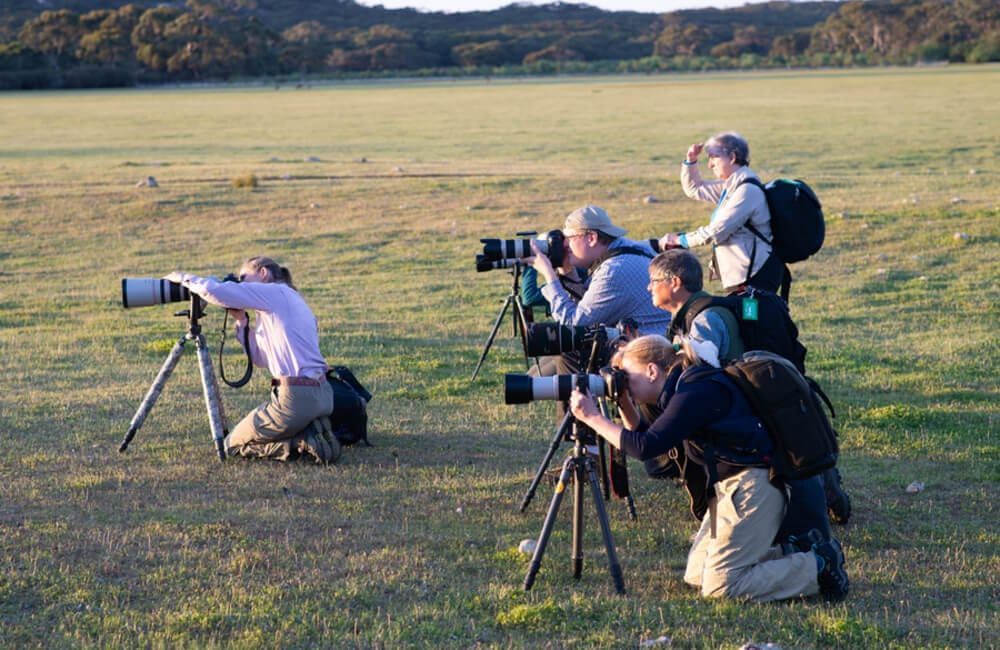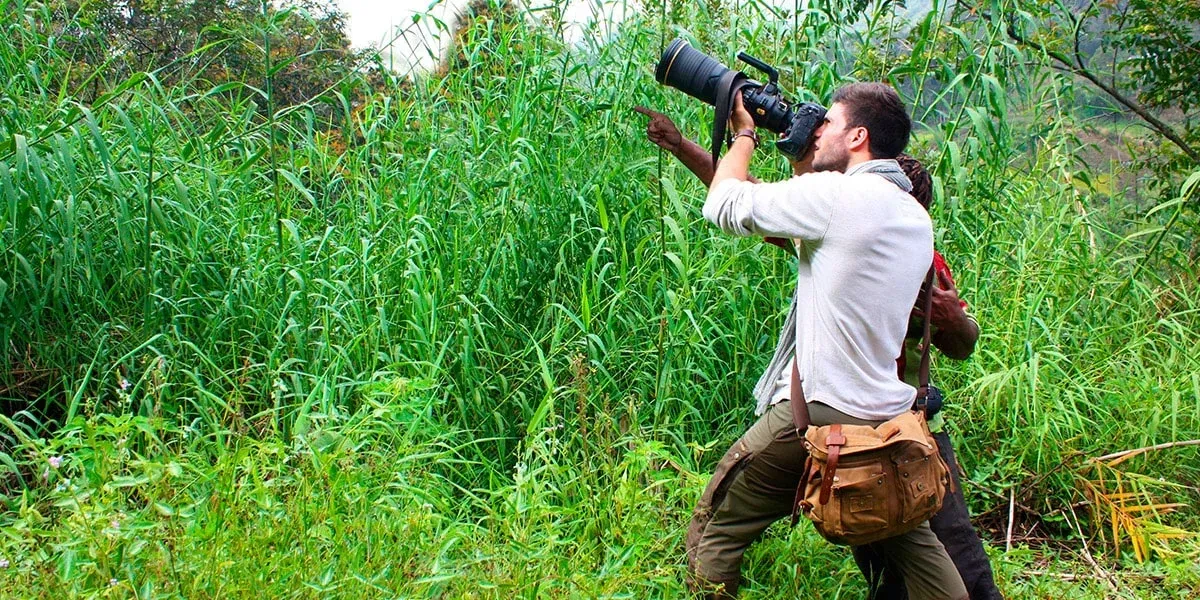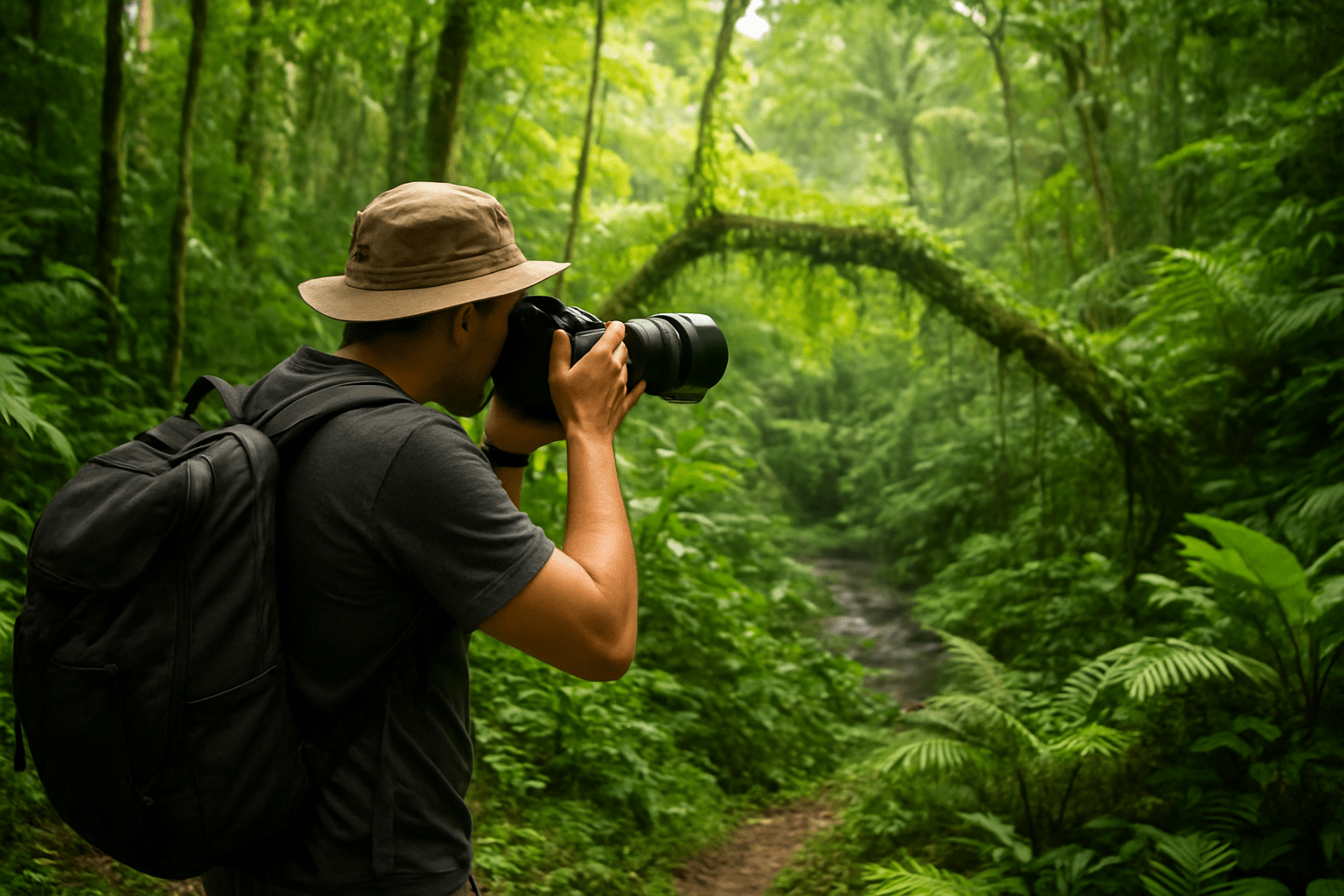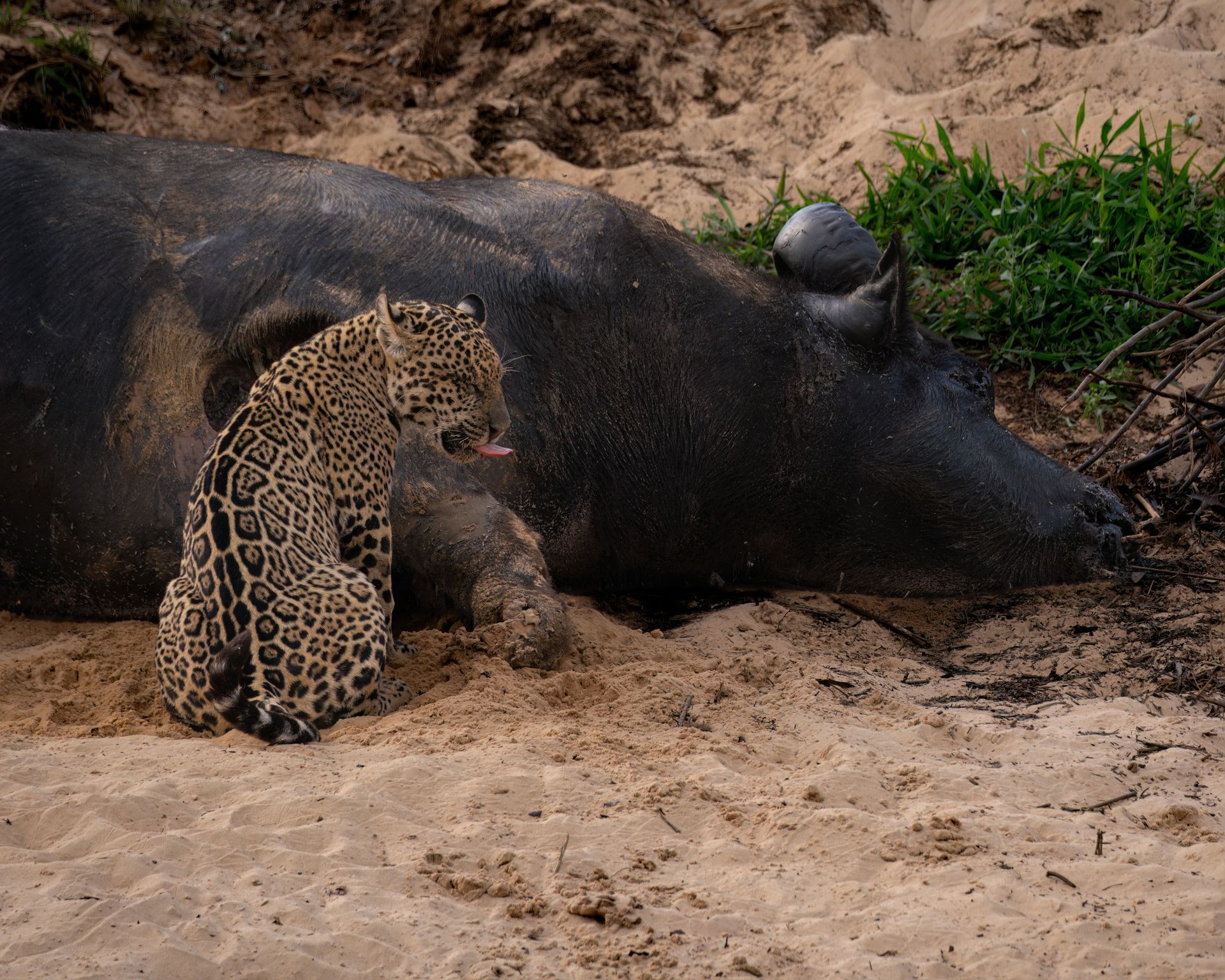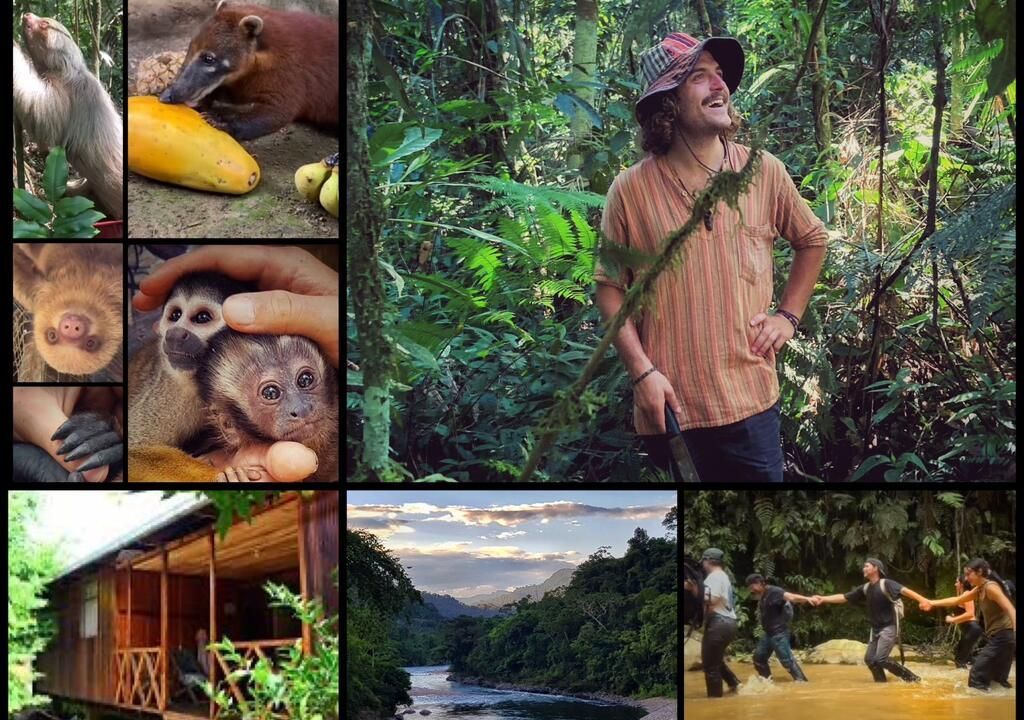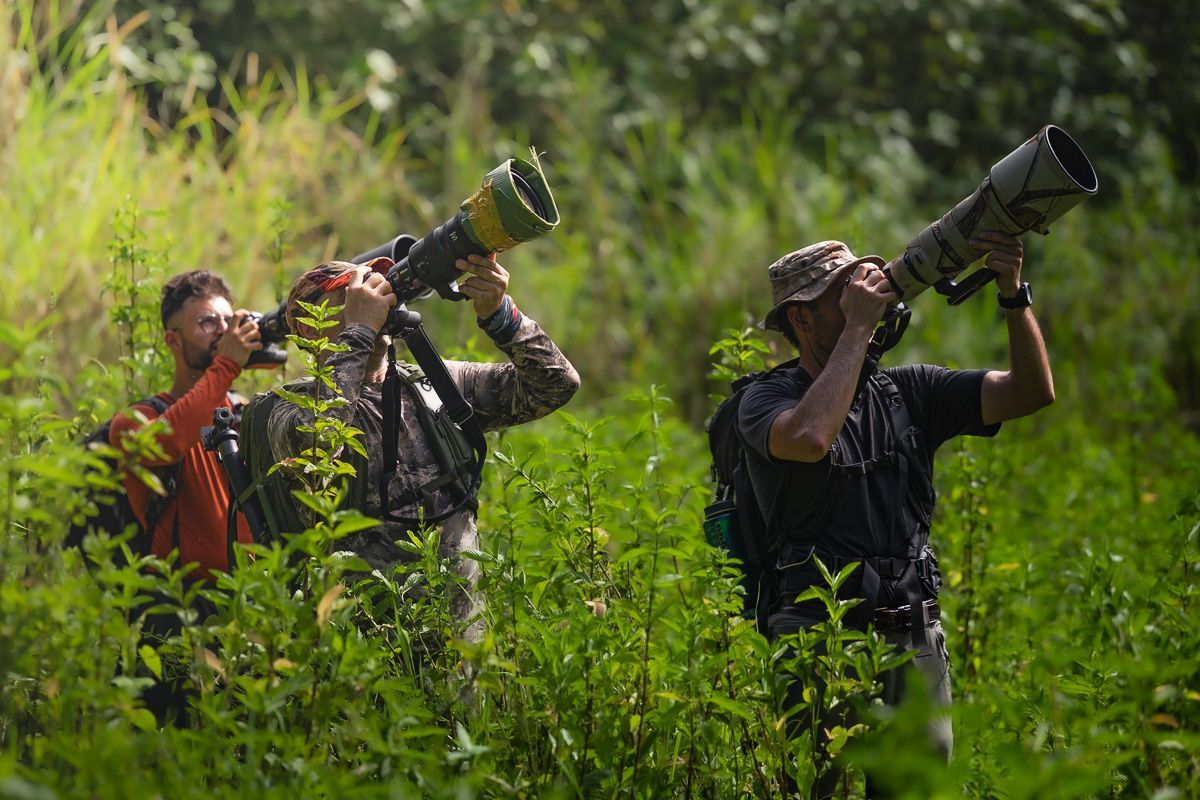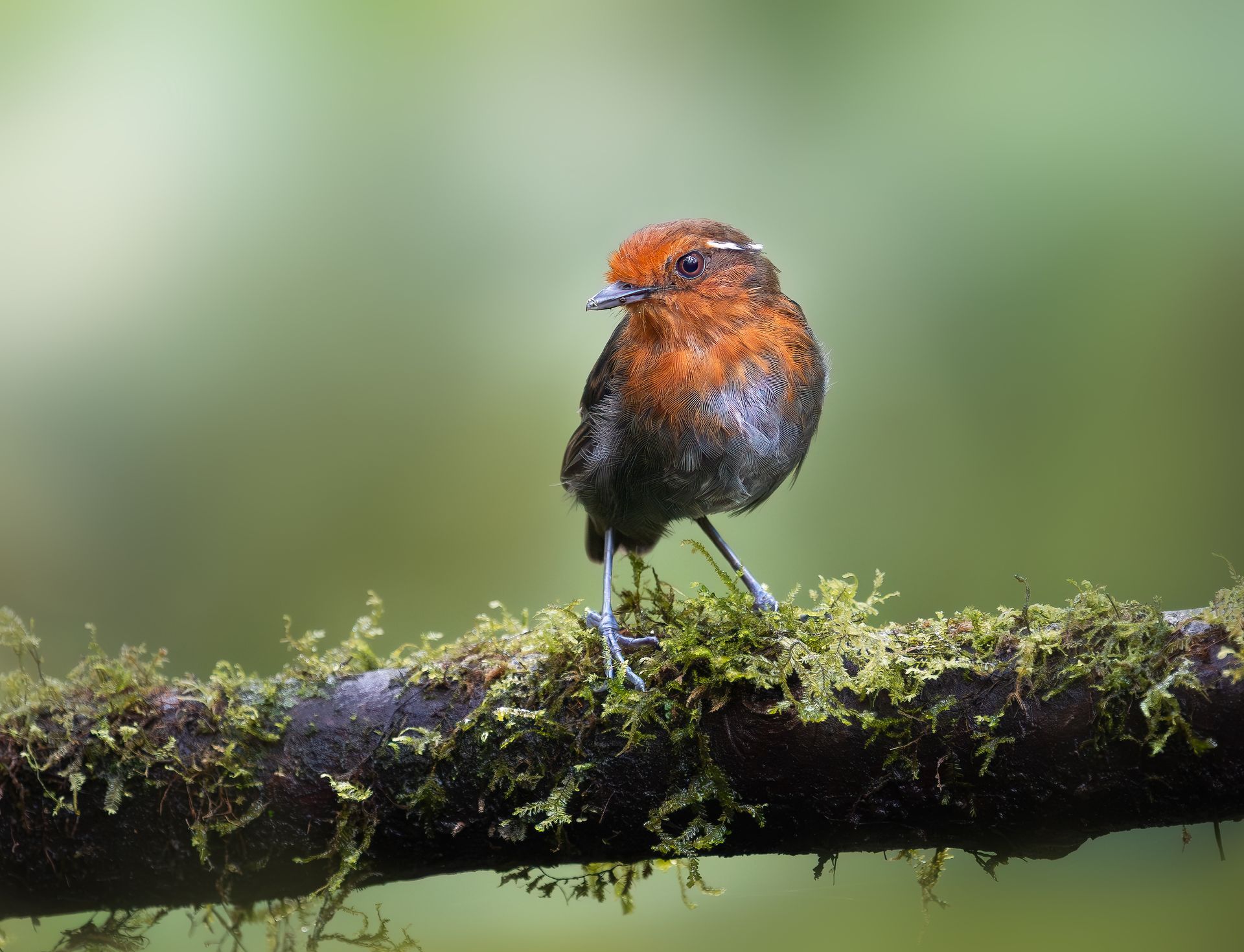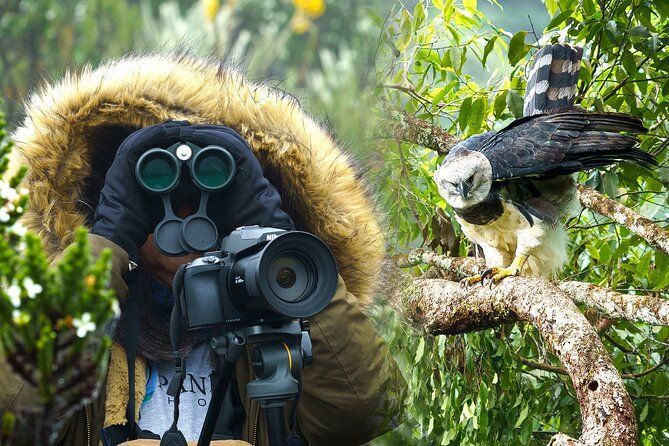Photographing Endemic Birds of Ecuador: A Visual Journey
Photographing Endemic Birds of Ecuador: A Visual Journey
Few places on Earth rival Ecuador for bird diversity. From mist-shrouded cloud forests to coastal mangroves and Andean páramos, this small yet incredibly rich country hosts more than 1,600 bird species, including over 130 endemics — species found nowhere else on the planet.
For photographers, Ecuador offers a unique opportunity: to document rare and vividly colored birds in breathtaking natural settings. Every day brings the chance to witness new species, unique light, and intimate wildlife encounters that transform your lens into a storyteller’s tool.
This article takes you on a visual journey through Ecuador’s endemic bird photography scene, exploring key regions, signature species, gear recommendations, composition tips, and ethical practices — all designed to help you capture the essence of this biodiversity haven.
Ecuador: Where Bird Photography Meets Biodiversity
Despite its small size, Ecuador is one of the world’s top birding destinations, thanks to its dramatic range of ecosystems compressed into a relatively compact geography. Within just a few hours’ drive, photographers can transition from humid Amazonian rainforests to high-altitude páramo grasslands.
The country’s position on the equator means consistent daylight and soft tropical light, making it ideal for year-round photography.
Four Major Photography Regions
- The Chocó Cloud Forests (Northwest) – Known for colorful tanagers, hummingbirds, and toucan-barbets.
- The Andes Highlands – Habitat of Andean condors, hillstars, and antpittas.
- The Amazon Basin (East) – Teeming with parrots, macaws, and trogons.
- The Galápagos Islands – Home to world-famous endemics like the Darwin finches and the Galápagos penguin.
Each of these regions offers distinctive lighting, composition challenges, and species diversity — a dream combination for any wildlife photographer.
The Allure of Endemic Birds
Ecuador’s endemic species represent evolutionary stories written over millennia. Their limited ranges and striking adaptations make them prized photographic subjects.
Below are some of the most sought-after endemics for photographers seeking both beauty and scientific intrigue.
Toucan Barbet (Semnornis ramphastinus)
Found only in the Chocó bioregion, the Toucan Barbet is a dazzling mix of red, yellow, blue, and green — one of the most photogenic birds in South America. Its thick bill and unique face pattern make it instantly recognizable.
Photography tip:
- Look for soft light under cloud cover to prevent color oversaturation.
- Perch compositions near mossy branches add texture and context.
Plate-billed Mountain Toucan (Andigena laminirostris)
This iconic Andean species boasts a vividly patterned bill and a melodic call that echoes through Ecuador’s cloud forests. It’s often seen in Mindo and Bellavista reserves.
Best time: Early morning when birds are active and lighting is diffused by mist.
Lens tip: Use a 300–500 mm telephoto to capture full profiles with blurred forest backgrounds.
Ecuadorian Hillstar (Oreotrochilus chimborazo)
Endemic to the Andean highlands near volcanoes like Chimborazo, this hardy hummingbird endures frigid temperatures and strong winds. Photographing it feeding on chuquiragua flowers under snow-capped peaks provides an unforgettable contrast.
Pro tip:
- Use continuous autofocus (AF-C) for in-flight shots.
- Fast shutter speeds (1/3200s or faster) freeze wing motion.
El Oro Parakeet (Pyrrhura orcesi)
Restricted to the southwestern foothills, this parakeet is one of Ecuador’s conservation success stories. Flocks fly through the canopy in rapid bursts, creating dynamic motion shots.
Best locations: Buenaventura Reserve (run by Jocotoco Foundation).
Lighting advice: Overcast conditions help avoid harsh contrast from tropical sun.
Pale-headed Brushfinch (Atlapetes pallidiceps)
An elusive bird of the Yunguilla Valley, this species was once thought extinct. Photographing it requires patience, stealth, and good local guides. Its subtle plumage and soft tones make it perfect for intimate, detail-focused portraits.
Galápagos Endemics
The Galápagos Islands are a living gallery of evolution, offering photographers the chance to document species that shaped Darwin’s theory of natural selection.
Top subjects:
- Darwin’s Finches – Multiple species adapted to different niches.
- Galápagos Penguin – The world’s only tropical penguin.
- Waved Albatross – Graceful flyers nesting on Española Island.
- Flightless Cormorant – A powerful symbol of island adaptation.
Composition tip: Use wide-angle lenses to integrate birds with the volcanic landscapes that define their environment.
The Chocó Bioregion: Ecuador’s Bird Photography Treasure
Stretching from northwest Ecuador into Colombia, the Chocó Bioregion is one of the most biodiverse ecosystems on the planet. Its humid cloud forests and lush slopes host dozens of endemic and near-endemic species.
For photographers, the Mindo-Nambillo region, Mashpi Reserve, and Milpe Bird Sanctuary are must-visit hotspots.
Species to target: Toucan Barbet, Chocó Toucan, Glistening-green Tanager, and Velvet-purple Coronet.
Why it’s perfect for photography:
- Controlled lighting under the forest canopy.
- Natural perches covered in moss and orchids.
- Bird feeders that bring species within range without stress.
Amazonian Ecuador: Color and Chaos
The Ecuadorian Amazon (around Yasuni National Park and Sani Lodge) bursts with bird activity. Although not all are endemic, this region completes the photographer’s portfolio with unparalleled color and behavior diversity.
Common photo stars: Hoatzin, macaws at clay licks, trogons, motmots, and puffbirds.
Photography challenge: Low light beneath the canopy.
Solution: Use ISO 1600–3200, large aperture lenses (f/2.8–f/4), and monopods for mobility.
Crafting Powerful Compositions
Capturing Ecuador’s endemic birds is not just about documentation; it’s about telling visual stories that reveal their character and environment.
Key techniques:
- Include habitat elements: Show birds in context (mist, flowers, mossy branches).
- Use leading lines: Tree branches or shafts of light can guide the viewer’s eye.
- Play with depth: Use wide apertures for creamy bokeh and subject isolation.
- Shoot at eye level: Creates intimacy and connection with the subject.
Pro insight: Early morning fog and drizzle can enhance color saturation and add mood to your images — embrace the weather rather than avoid it.
Best Bird Photography Lodges and Reserves
Ecuador’s birding infrastructure is outstanding. Many eco-lodges cater specifically to photographers with feeding stations, hide platforms, and expert local guides.
1. Bellavista Cloud Forest Lodge
Located near Quito, Bellavista is ideal for photographing tanagers, mountain toucans, and hummingbirds. The diffused light through the canopy is perfect for rich, balanced exposure.
2. Refugio Paz de las Aves
Known for the legendary Antpitta feeding sessions, this site offers controlled setups for capturing shy forest species like the Giant Antpitta and Dark-backed Wood-Quail.
3. Mashpi Lodge
A luxury option surrounded by untouched forest. Its elevated trails allow eye-level shots of canopy-dwelling birds and dynamic flight photography.
4. Buenaventura Reserve
The top site for El Oro Parakeet, Long-wattled Umbrellabird, and Club-winged Manakin. Excellent for both perched and motion-based photography.
5. Sani Lodge (Amazon)
Positioned on a tranquil lagoon, it’s perfect for photographing parrots, herons, and kingfishers from canoes at sunrise.
Choosing the Right Gear
Ecuador’s varied habitats require versatility. From dense forests to open páramo, your gear should handle both reach and low-light conditions.
Essential setup:
- Camera: Full-frame or APS-C body with fast autofocus and good ISO performance.
- Lenses:
- 100–400 mm (versatile wildlife range)
- 500 or 600 mm for distant subjects
- 24–70 mm for environmental compositions
- Accessories:
- Tripod or monopod
- Flash with Better Beamer (for dark forests)
- Rain covers and lens hoods
- Lightweight waterproof backpack
Pro tip: Bring silica gel packs to protect equipment from humidity in cloud forests.
Light, Color, and Weather
Ecuador’s equatorial light can be both friend and foe.
- Morning (6–9 AM): Best balance of soft light and bird activity.
- Midday: Use diffused light under canopy or clouds.
- Evening (4–6 PM): Golden tones and misty atmospheres.
In cloud forests, embrace mist and backlighting — they create natural diffusion and drama, ideal for emotional storytelling.
Ethical Bird Photography
Respecting wildlife should always be the top priority. Ecuador’s endemic species are often vulnerable or endangered, and ethical behavior ensures their protection.
Guidelines:
- Maintain distance; avoid flushing birds from perches.
- Limit playback calls to minimal, scientific use.
- Use feeders responsibly and follow local guidelines.
- Never manipulate nests or perching spots.
- Support local conservation organizations (like Jocotoco Foundation).
Ethical photography doesn’t just protect the subjects — it builds trust between photographers and conservation communities.
Post-Processing and Storytelling
Editing should enhance the natural feel of your shots, not distort reality. Focus on bringing out texture, color accuracy, and depth without over-saturation.
Workflow essentials:
- Adjust exposure and white balance for tropical light.
- Recover highlights on bright plumage.
- Use selective sharpening for eyes and feather detail.
- Crop thoughtfully to retain habitat context.
Curate your final images to tell a visual story — from the grandeur of the Andes to the intimacy of a hummingbird’s wingbeat.
Building a Visual Journey: Suggested Itinerary
Day 1–2: Arrival in Quito and travel to Mindo (cloud forest photography).
Day 3–5: Explore Bellavista and Refugio Paz de las Aves — antpittas, tanagers, and hummingbirds.
Day 6–8: Head to Mashpi Reserve for canopy photography.
Day 9–11: Fly south to Buenaventura for El Oro Parakeet and umbrellabirds.
Day 12–14: Optional Amazon extension — Yasuni or Sani Lodge for contrasting habitats.
This route provides access to both Chocó and Andean endemics, ensuring portfolio diversity and environmental contrast.
The Magic of Ecuador Through a Photographer’s Lens
Photographing endemic birds in Ecuador is not just about checking species off a list — it’s about connection. It’s the stillness of waiting in a forest clearing, the sudden burst of color when a tanager lands, and the quiet joy of capturing a moment that few will ever witness.
From the emerald canopies of Mindo to the windswept slopes of Chimborazo, every image becomes part of a larger story: one that celebrates life’s endless creativity and fragility.
Ecuador’s landscapes, people, and birds remind us that photography is more than observation — it’s participation in nature’s ongoing masterpiece.
So pack your camera, your curiosity, and your patience — and let Ecuador show you why the best bird photos aren’t taken, but earned.



